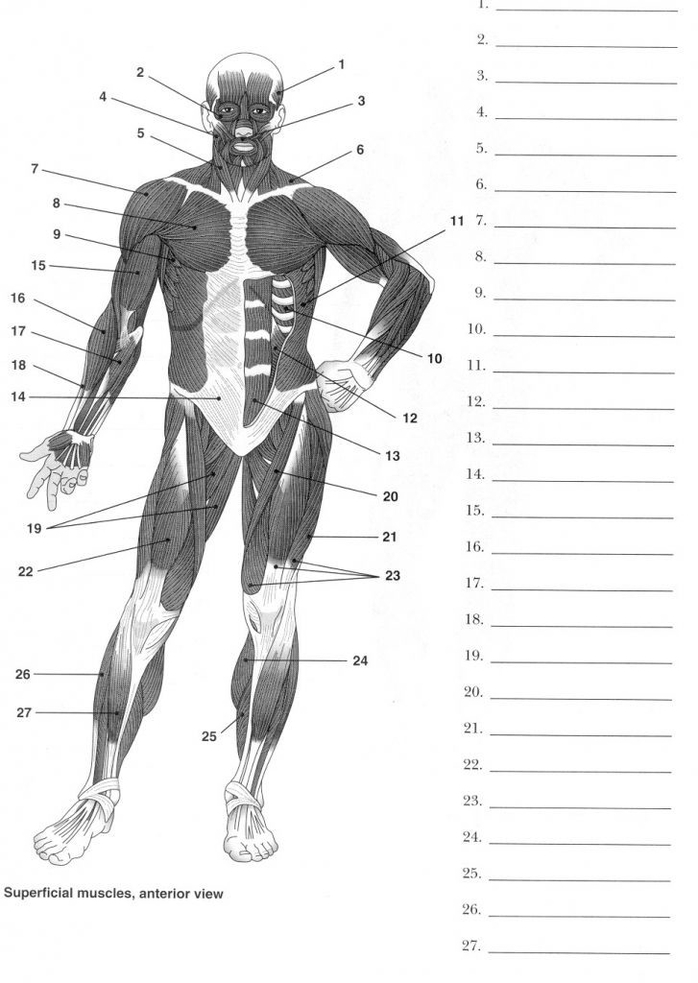Human Anatomy For Muscle, Reproductive, And Skeleton

Human Anatomy: Muscle, Reproductive, and Skeletal Systems
Muscular System
The muscular system is responsible for movement, posture, and balance. It consists of three types of muscles: skeletal, smooth, and cardiac.
– Skeletal Muscles: These muscles are attached to the bones by tendons and work in groups to move the skeleton. They make up about 40% of a person’s body weight.
– Smooth Muscles: Found in the walls of hollow organs, blood vessels, and respiratory passageways, they contract in response to stimuli and nerve impulses.
– Cardiac Muscles: These muscles make up the walls of the heart and are responsible for the rhythmic contractions that pump blood through the body.
Reproductive System
The reproductive system is responsible for human reproduction and bearing live offspring?. It includes both internal and external genitalia?.
– Male Reproductive System: The male reproductive system includes the testes that produce sperm and a penis for delivery?. The sperm mature in the testes and then enter the epididymis for further maturation?.
– Female Reproductive System: The female reproductive system includes the ovaries that produce eggs, a uterus for baby development, and breasts for milk production?. The ovum is released at a specific time in the reproductive cycle for internal fertilization by sperm cells?.
keletal System
The skeletal system serves as a framework for the body, providing shape, stability, and protection of internal organs. It consists of 206 bones, ligaments, and cartilages.
– Axial Skeleton: This includes the vertebral column (the spine) and much of the skull, providing the main support of the trunk.
– Appendicular Skeleton: This includes the pelvic (hip) and pectoral (shoulder) girdles and the bones and cartilages of the limbs.
In conclusion, the muscular, reproductive, and skeletal systems play crucial roles in the functioning of the human body. Each system has a unique structure and specific role, contributing to our movement, reproduction, and structural support.
